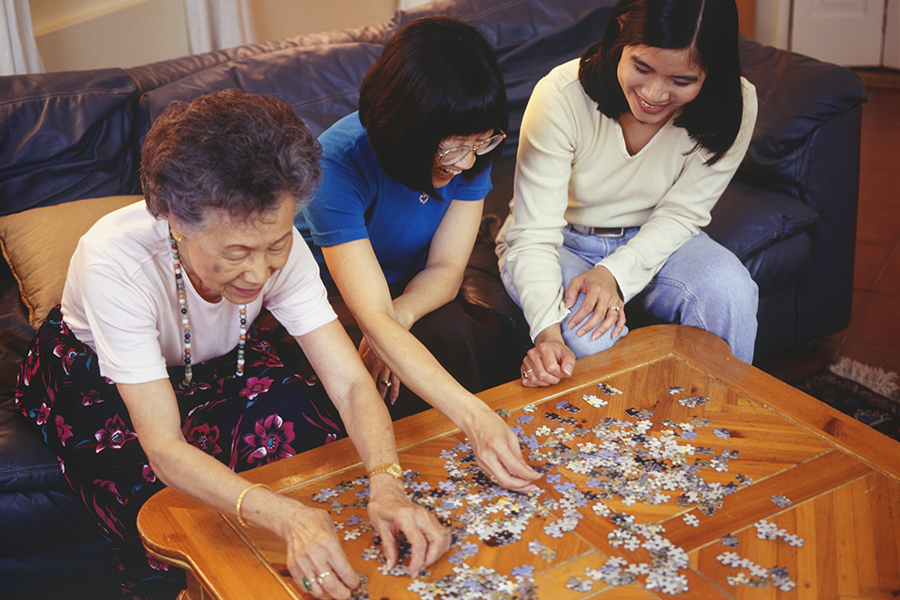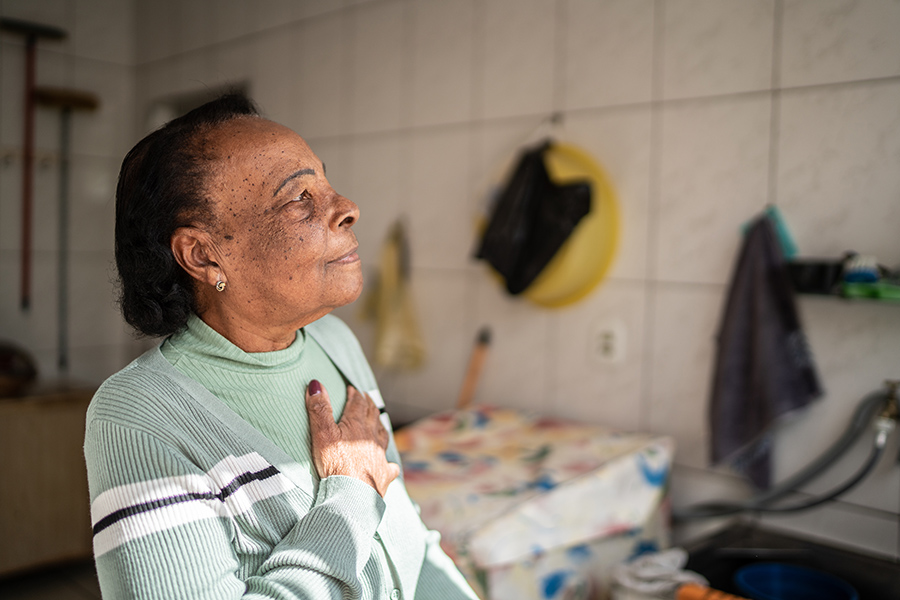Over the past century, societal family roles have undergone a gender-related shift. For many past generations of parents, a larger percentage of women stayed home after childbirth to manage both their children and the household, while their partners supported the family financially. In some families, both parents worked – yet the expectation remained that women would come home and still tend to everything in the house and related to the children. Well, it’s time to step away from that mindset and get our significant others involved.
How exactly do you do that? For some of you, you may have agreed that one parent will stay home and the other will work. For others, you may be both working. In either situation, the goal is to get both of you involved in the details equally so that neither one of you can say, “Ask your mother/father” because the other is unaware of things.
Here are a few strategies to get your significant other involved so that there is a more equal distribution of responsibilities in your home, and so you both feel appreciated.
Make a List and List It Out
Together, sit down and make a list of all the responsibilities that need to be tended to in your home and around your children. For example: take out the garbage, mow the lawn, laundry, take the kids to the pediatrician or therapy visits (e.g., occupational therapy, psychotherapy, etc.). Okay, now assess the list for real – how many items are more idealistic and not realistic? Toss them. Now think about each person’s strengths. Are you better at handling the outdoor stuff, like gardening, mowing the lawn, taking out the garbage, etc? And is your significant other better at handling indoor stuff like dusting, vacuuming, cooking? Then you’ve found an even way to split the responsibilities. This may sound juvenile, but try to keep the number of things that each of you is responsible for equal, or as equal as possible.
Rotate, Take Turns
Yes, you heard me right! Take turns. Take turns with things like food shopping, taking kids for specialist visits, or taking a day off to engage in a school meeting. This way, neither one of you is always taking a day off from work or is solely responsible for certain things in your home. Of course, there is reality, and one of you may be better able to handle things like doctor or hospital visits, so that may become one of your responsibilities. However, if there are items on your list that both of you dislike, then rotate them so that they don’t always fall solely on the shoulders of one person in the family.
It’s Not Perfect, But It’s Done
Part of this process is letting go. Yes, letting go of being in control of everything, despite how much you might resent being responsible for everything in the home or with the children. What that means is that you need to let go of the standard to which you hold yourself and how things ‘should’ and ‘must’ be done in your house. If one of you folds socks in a particular way, then that’s the way it is. If one of you has a particular routine with your child and the other parent does it differently, let it be… No criticism, no judgment, only appreciation and validation for each other.
Give and Take a Thank You
Yes, be thankful and acknowledge that you’ve been thanked by your significant other, your children or your child’s speech therapist! Don’t take each other for granted. It means a lot to me when my husband thanks me for making dinner. It’s the responsibility that I’ve taken on since we got married, but his thank you makes me feel like he appreciates how much time, effort and planning it took to make dinner with 3 children calling my name every 5.7 seconds!
Taking care of your family is a big job. Taking care of your family alone can feel impossible, so if you are in a partnership, don’t try it. Divide the responsibilities, rotate, appreciate that it has been taken care of (even if it’s not the way you would have done it), say thank you, and accept thank yous when they are offered. Whenever possible, find solace in each other at the end of the day, and try to laugh about the things that didn’t go your way… well, a smile will do, too!
Click here to read this article in Spanish.
Dr. Liz Matheis is a licensed Clinical Psychologist and certified School Psychologist who specializes in working with children with ADHD, Anxiety, Autism, Learning Disabilities, and behavioral struggles. She is also mom to three children, one with special needs. Her practice, Psychological and Education Consulting, is located in Livingston, New Jersey.
For More Articles and Videos Related to PTSD and Parenting Children with Special Needs:
- Can the Stress of Raising a Child with PTSD Result in a Parent with PTSD?
- Help for PTSD in Parents of Children with Special Needs
- PTSD in Parents of Children with Special Needs: How I Deal
- Recorded Webinar: Managing Stress as the Parent of a Child with Special Needs Video
- The Spoon Theory for Parents of Children with Special Needs























